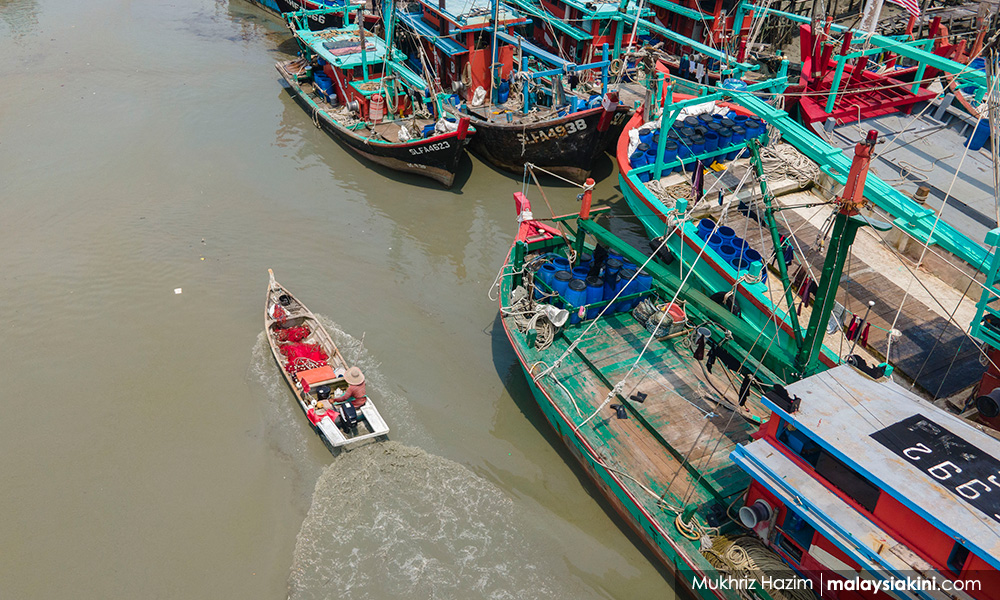LETTER | Life in the ocean is amazing! Cute and cuddly, creepy crawly, gigantic and microscopic - marine life comes in millions of shapes and sizes.
Today, marine life faces constant threats and dangers and is slowly dying. Human activities have a great impact on the extinction of marine life due to coastal development, detrimental pollution, overfishing and others.
As such, we should take a role in sustaining aquatic life so that our beautiful marine life can still be enjoyed by future generations.
Firstly, coastal development refers to the development created along a coastline to boost tourism.
It may seem good for the economy but development along the coast has the potential to harm the ecosystem of coastal areas, causing pollution and other changes that in turn, affect the organisms that inhabit these areas.
The detrimental effects on the environment are a drawback of coastal development. Coastal developments remove the natural features and replace them with man-made items.

Coral reefs are also harmed by coastal development. The actions of tourists can also adversely affect ecosystems, as tourists encroach on natural habitats and pollute coastal lands with non-natural objects.
Secondly, overfishing is also one of the reasons for the extinction of marine life. When too many fish are taken at once, the breeding population is too diminished to recover.
The practice of overfishing frequently coexists with wasteful commercial fishing methods that capture large quantities of undesired fish or other animals, which are subsequently thrown away.
Overfishing puts the billions of people who depend on seafood as a major source of protein and the ocean ecosystems at risk. Our fisheries could face collapse and a food crisis if sustainable management is not implemented.

Lastly, detrimental marine pollution is getting worse day by day. Chemicals and trash are the main components of marine pollution.
The majority of the trash originates on land and is carried into the ocean by waves or winds. Increased chemical concentrations in the coastal ocean encourage the growth of algal blooms, which can be hazardous to human and marine life. Algal blooms have detrimental effects on the local fishing and tourism industries as well as the environment and human health.
Moreover, there are risks for both people and animals from the rubbish in the ocean. Fish become entangled and hurt in the debris, and some animals eat plastic bags after mistaking them for food.
The poisonous compounds end up in the tissues of larger animals after smaller organisms that eat microplastics are consumed. This is how the pollution caused by microplastics moves up the food chain and eventually ends up in our food.
To conclude, the significant effects of human activity on marine life demand immediate attention and coordinated conservation efforts.
The long-term health and viability of our oceans can be ensured by reducing marine pollution, establishing marine protected areas, and engaging in sustainable fishing methods.
To further develop a sense of stewardship and responsibility for our marine environments, it is imperative to raise public awareness and educate the public about the significance of marine conservation.
The fate of marine life rests in our hands, urging us to embrace a harmonious co-existence with the oceans we heavily depend on.
The views expressed here are those of the author/contributor and do not necessarily represent the views of Malaysiakini.

